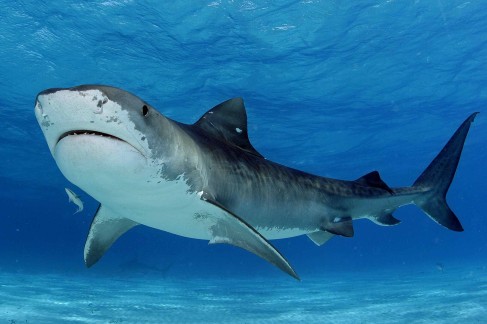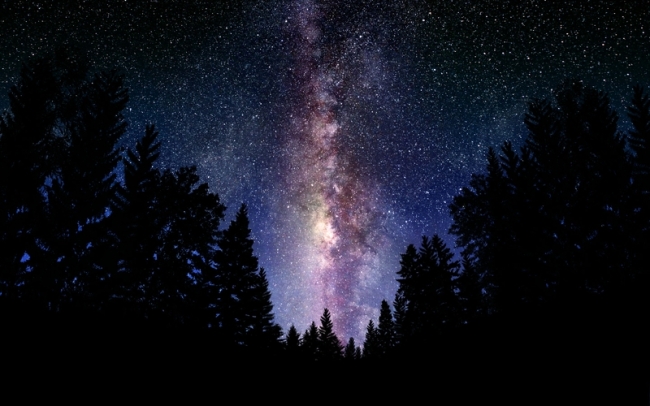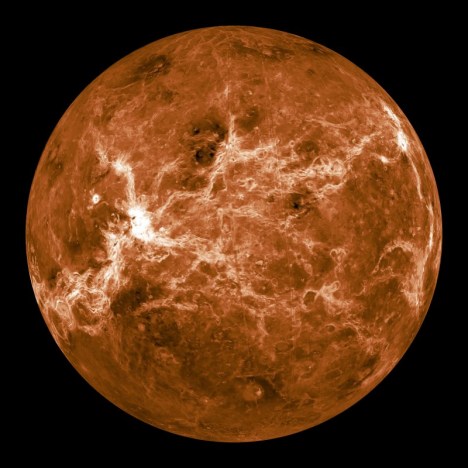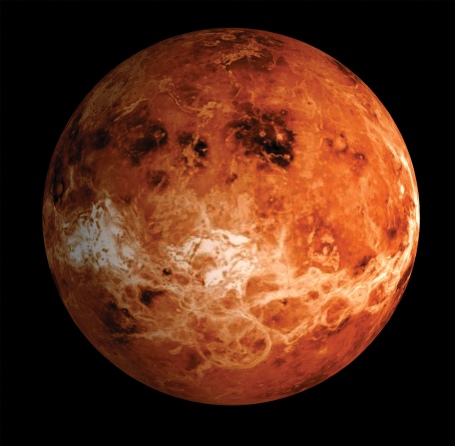This site is a great educational resource for dyslexic children. Here you can find a listing of the Ireland’s top best websites for dyslexic children and learning resources for dyslexic children.
Make learning fun and interesting for children with Dyslexia!
Animal Facts for Kids
StandardLearning about animals is great fun. Whether it’s about endangered birds, desert animals, wild dogs or pets, there are thousands of fascinating kinds of animals that each have their own traits, behaviors and qualities.
These animal facts for kids will certainly give your child a good time while learning a thing or two along the way.
Gorillas are dominant beasts that live in tropical and subtropical forests. Being a close relative to the human race they are one of the most intelligent animals with a complex social structure.
Faster than any other land animal in the world, cheetahs are distinct big cats that love to live life in the speedy lane. They are the only big cat that cannot roar, though they can purr – most loudly when they are near with other cheetahs.
Giraffes are the world’s tallest land animals, thanks to their distinctive neck (which alone can reach 2 meters in height) and legs. Giraffes are most vulnerable to attacks when taking a drink because they cannot keep a look out for predators.
The largest land-living mammal in the world, elephants are unique animals that live in parts of Africa and Asia. They are herbivores and can spend up to 16 hours a day collecting plants, leaves, twigs and roots.
Wolves are wild dogs living and hunting in packs. They are excellent hunters and fast runner, reaching a speed of 40 miles per hour when chasing prey.
Learn more interesting facts about animals and enjoy the fun list of facts about various animal species.
Jawless Fish Facts for Kids
StandardIt was over 500 million years ago when the first fish evolved. Although nearly all of these early fish are now exctint, a few remain, such as the lampreys and hagfish. Jawless fish are the last survivors of the world’s first vertebrate animals. Their skeletons are made of cartilage instead of bones and they have no scales and paired fins.
Discover and learn more Jawless Fish Facts for Kids here
These fish don’t have a jaw bone, instead, a round open mouth with very sharp teeth. Because they don’t have jaws, they cannot move their teeth up and down. Some of these fish’s mouths have a strong power suction like of a vacuum.
Shark Facts for Kids
StandardAlthough sharks have a hair-raising reputation and are deemed as beasts of the sea, the actual number of shark attacks is probably lower than you imagine. The truth is, out of 368 species, only 25 attack humans, and only about 100 people each year are attacked by sharks. There are more number of people dying every year from bee stings and lightning strikes.
Read on for fun Shark Facts for Kids. Sharks are ancient animals, living on earth for at least 25 million years. Sharks have excellent vision, way better than of a cat’s keen vision or a wolf’s. Their sense of smell is 10,000 times better than a human’s. They can also detect electrical impulses, including another animal’s heart beats.
Interested for more facts about sharks? Then click here
Earth’s Moon Facts
StandardYou can see the moon on most nights, sometimes it’s large, round and shines very bright while on other times it’s just like a tiny c-shaped silver. For thousands of years, people have watched the moon and told fascinating stories about it.
Here are some of the Earth’s Moon Facts that your little ones would love to know. Scientists presumed the moon was created 4.5 billion years ago when the universe was created. Because moon has no atmosphere, it gets very hot and cold, and meteors often crash into it. While the moon orbits the earth (which takes 29 days), it is also spinning at the same time.
Go here for more fun facts about the moon.
Star Facts for Kids
StandardSee those thousand of little lights sparkling at the night-time sky? Some lights glow bright while others are dull and hard to be seen. Some look white or blue while others are red or orange. These are stars.
Enjoy these few Star Facts for Kids. Stars are giant balls made of gas. They can exist for billion of years. The smallest stars are red and don’t shine that much. Medium stars, like the sun, are yellow. The largest ones are blue and are hugely bright. The larger the star, the hotter and brighter they are. So, if you look at the sky and see stars that are white or blue, it means they are very hot, while those red or orange ones are cooler.
Get more fun science facts for kids about stars here.
Mercury Facts for Kids
StandardNamed after the fastest Roman god, Mercury is the smallest and nearest of the planets to the Sun. Because this planet lies somewhat near to Earth, it can be seen in the late evening or early morning sky. It is also often called a morning star because it shines brightly in the early morning just before the sun rises. It has also been called an evening star for the same reason.
Click here to find out more Mercury Facts for Kids.
Mercury travels so fast that it makes a complete loop in only 88 days. Because this planet is so small, it has a very weak magnetic field, causing gases, such as oxygen and hydrogen, coming out from the planet to quickly escape into space.
Venus Fun Facts for Kids
StandardNamed after the Roman goddess of love, Venus is anything but lovable.
Entertain your young kids with Venus Fun Facts for Kids that they will surely enjoy.
Venus is sometimes called the morning or evening star. Look for it at dusk or sunrise, and you’ll see venus like a large, red star. Because Venus rotates very slowly, a day in this planet is equivalent to 117 Earth days. Venus also rotates in the opposite direction as almost all the other planets. Instead of the sun rising in the east and setting in the west, the sun on Venus rises on west and sets on east.






